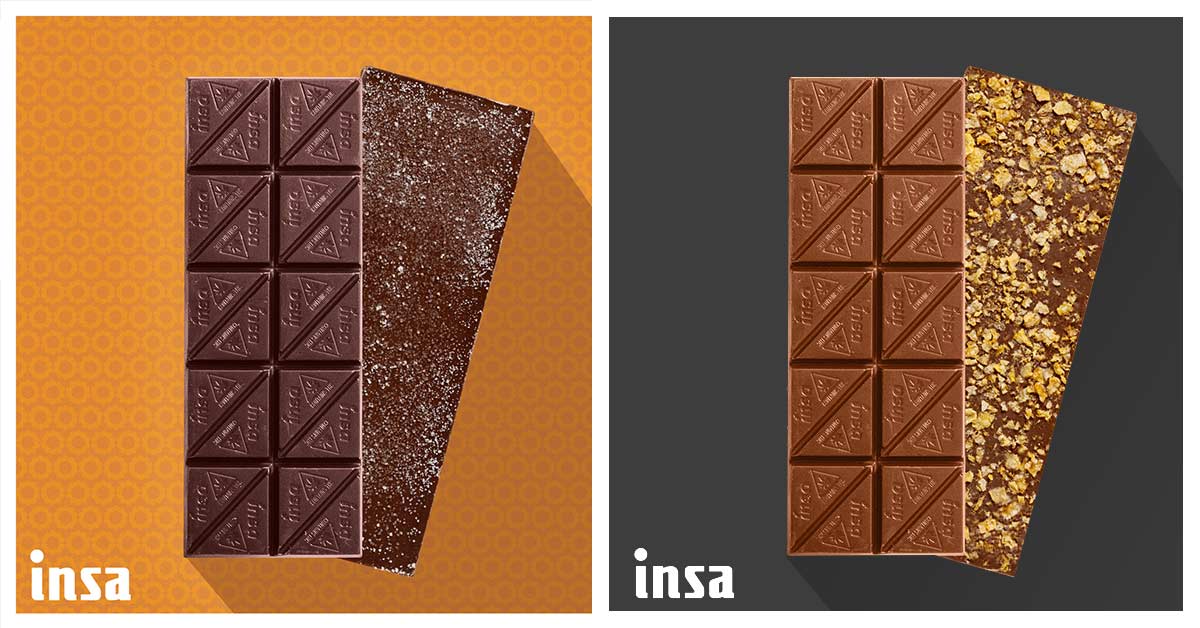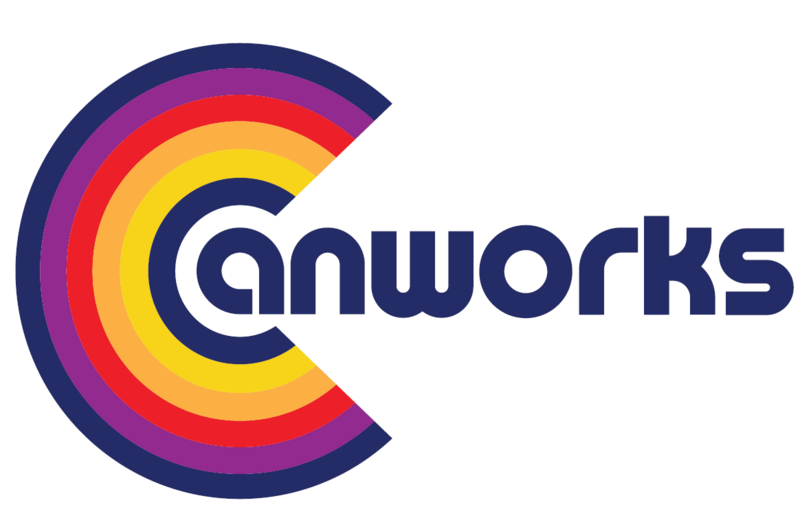Sugar High: INSA’s Head Chef On the Art of Canna-Chocolate

To make great cannabis-infused chocolate, you need to master the delicate nuances of its hero ingredient and hone the time-honored craftsmanship required to work with the plant.
We’re talking about cocoa, of course. Yes, you need to know something about weed, too (more on that later), but expertise in the art and science of chocolate making is where INSA’s Julian Rose feels he is doing his most important work. As Head Chef and Director of R&D at the Massachusetts-based, vertically-integrated cannabis company, Rose sees an opportunity to elevate the perception of long-established edible categories like chocolate through superior ingredients and quality – consumer demands that have become par for the course in the non-infused space.
Part of that comes from his own background; growing up in Montreal as the son of bakers, Rose was raised in a food culture with a strong European influence that didn’t quite align to what he encountered with American tastes, particularly in high-end chocolate and confection (“What surprises me in the U.S. is people call chocolate bars candy bars, because a lot of them are candy,” he noted). As an independent consultant, he worked with major chocolate brands like Barry Callebaut, and eventually found himself in touch with the burgeoning cannabis industry in California.
“During my consulting years… most cannabis companies on the West Coast, for example, were entering the market with very little knowledge [of chocolate],” he said. “There were a bunch of consultants going around from state to state; they were the same people. And they were saying just use compound chocolate, because they themselves don’t know how to handle a real chocolate. So they suggest a cheap version, and most companies will do that. It’s almost foolproof; you almost can’t mess it up. And why would they try to make their lives difficult?”
Since taking on the job at INSA in 2020, Rose’s approach to product development looks similar to that of many specialty food makers: approachable, interesting and visually captivating. Yet at the same time, its strategy is also informed by consumer trends specifically within cannabis and sometimes incorporated into INSA’s broader campaigns. This spring’s “Mission 420” exclusive is Milk & Cereal, which is being released alongside a vape product of the same flavor after 12 months of R&D. For the Spring Collection line, there’s Churro.
Once a decision has been made, the rest is up to Rose to create and tweak as he sees fit. Masking the grassy cannabis notes in the chocolate bars isn’t a huge challenge considering the distillate used, but stronger ingredients like full-spectrum oil can be tamed with a “counter-punch” like peppermint. INSA’s forthcoming summer seasonal chocolate bar, Blackberry Ice Cream, is an ideal canvas for Rose to showcase his deft touch: it starts with white chocolate, then a touch of cream concentrate, then freeze-dried blackberries, resulting in a deep purple hue.
Yes, purple may be a bit weird for chocolate, Rose acknowledged, but “you’re going to be blown away.” With chocolate representing just around 7% of total cannabis edible sales (and facing more competition all the time), the “wow” factor can’t be overlooked in driving sales – particularly when shoppers can’t touch the products themselves. Brands like Kiva have helped set the bar for what consumers are expecting from modern cannabis chocolate, and subtle tweaks – see Tilray’s emphasis on Belgian chocolate in its Chowie Wowie line, or Binske recruiting Intelligentsia Coffee for its infused espresso bar – are tilting the category further towards premium.
But for an experienced chocolatier and chef, that juxtaposition of old-school craft and next-gen products is a welcome change.
“I’m bringing joy,” he said. “I’m bringing you a quality product that makes you feel good, and it’s natural. I’m giving you top of the line. So that’s the benefit that I get, even though nobody sees me.”















